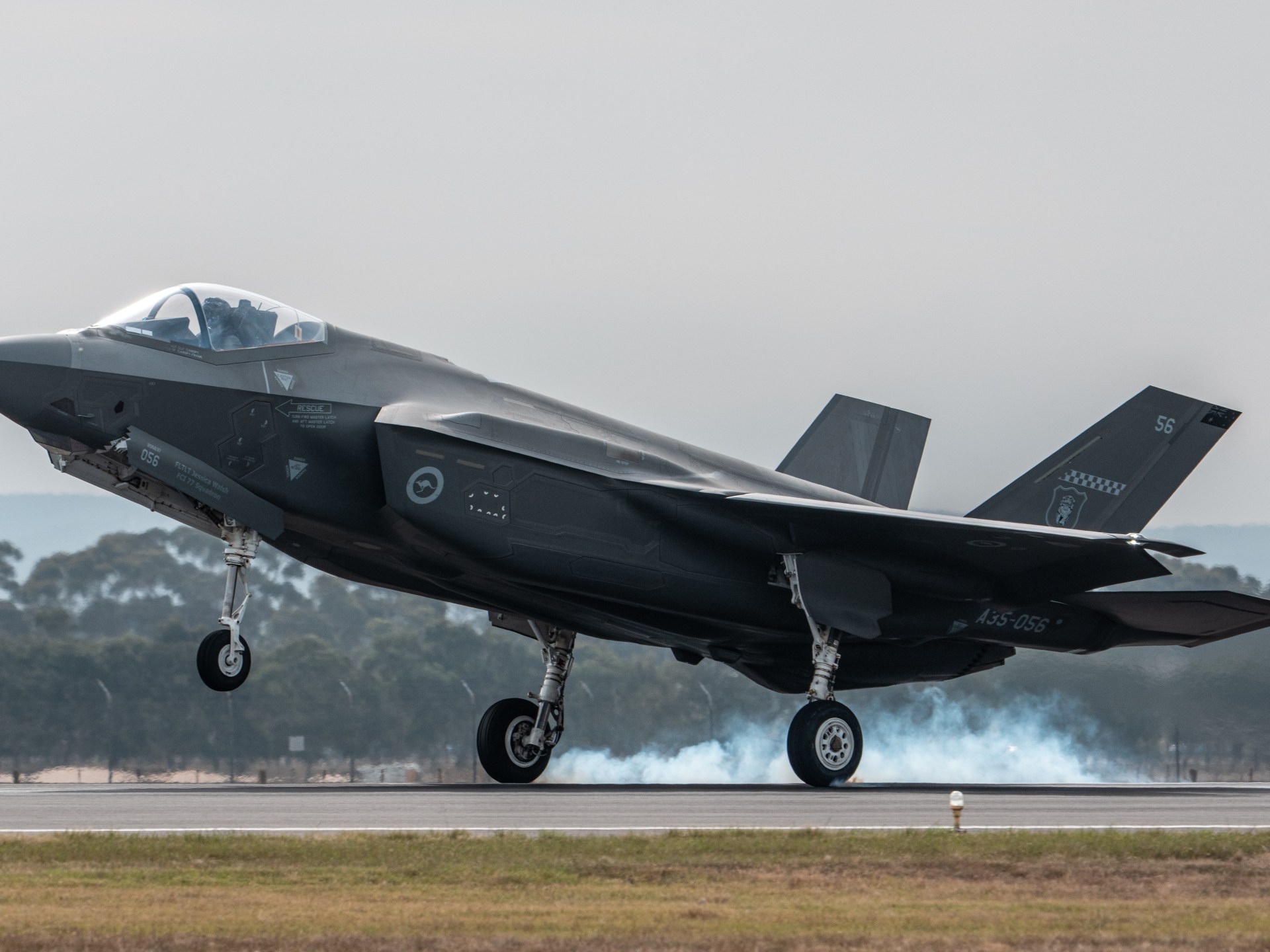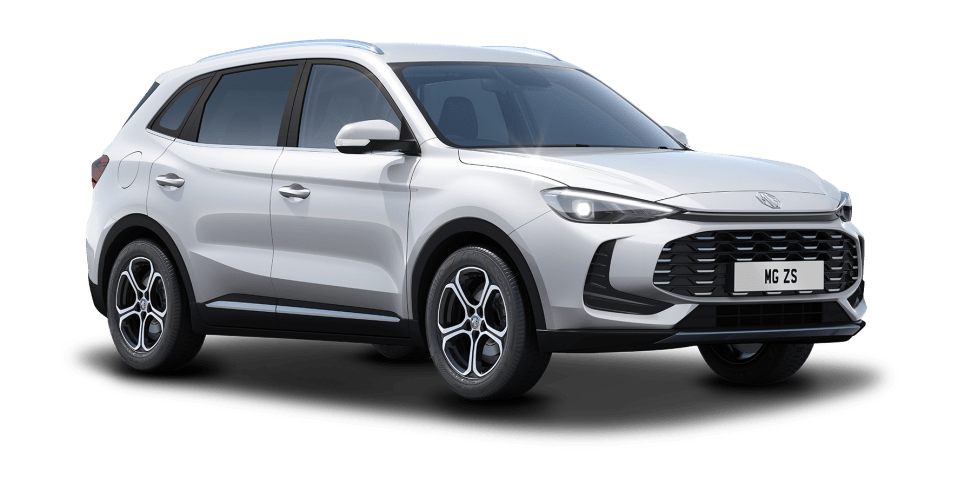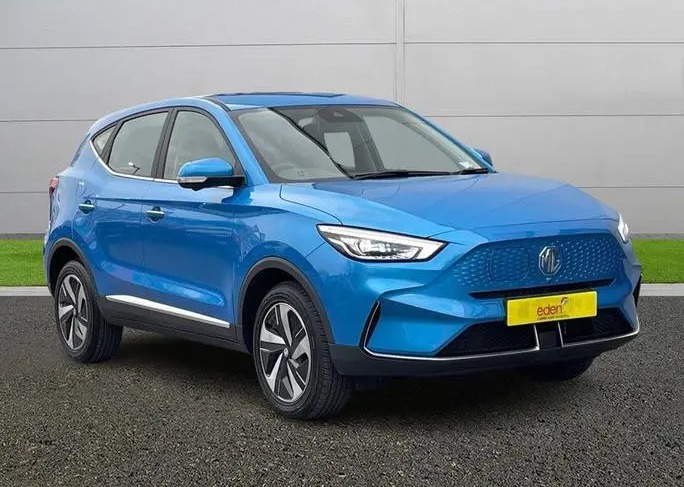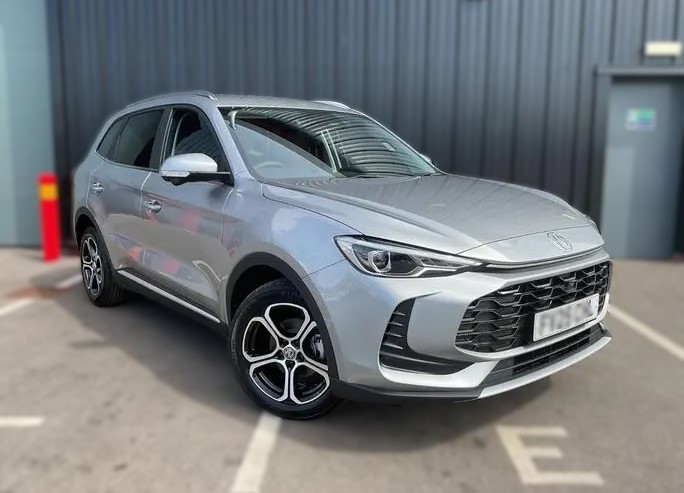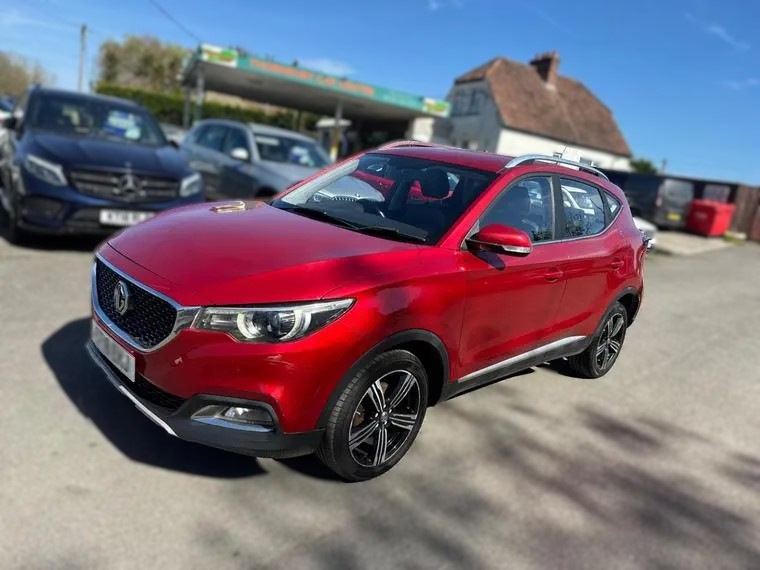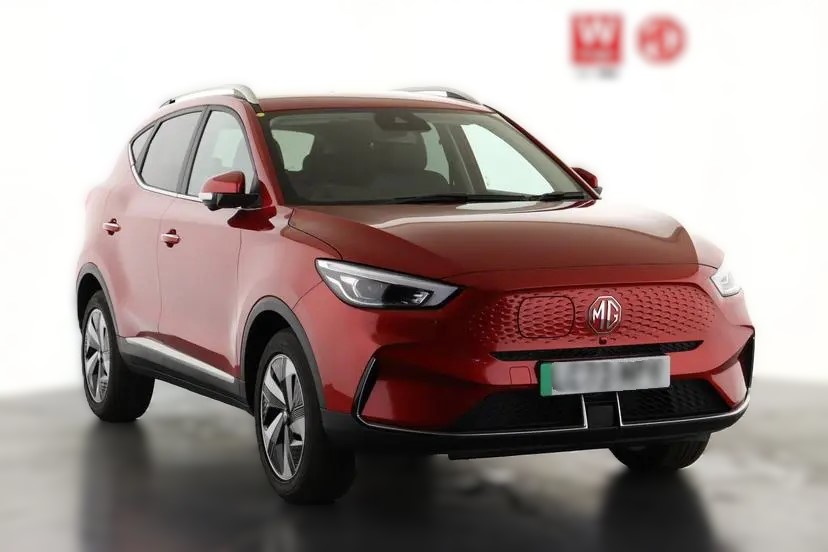Singapore Launches Its Biggest And Most Capable Warship Ever
Singapore today launched the first of its drone motherships, or Multi-Role Combat Vessels (MRCV). The largest and most complex ship in the Republic of Singapore Navy, the Victory is the first of a planned six of these vessels. These will replace the existing Victory class missile corvettes, which entered service in 1989, and they will form the cornerstone of the navy’s fleet modernization effort.

The Victory was launched at ST Engineering’s Benoi shipyard in Singapore, where it was formally christened by Mrs Chan, the wife of the country’s minister for defense, Chan Chun Sing.
Unusually, and somewhat confusingly, as well as the same name, the new warship carries the same pennant number, 88, as the lead ship of the Victory class MCVs.

Now that the vessel is in the water, it will move to the Gul Yard for further outfitting, integration, and sea trials. It will then be formally commissioned. The six MRCVs are planned to be delivered progressively from 2028 onward.

As a drone mothership, the MRCV is designed to support operations by uncrewed aerial, surface, and underwater systems.
At the same time, the MRCV is built according to a modular principle, so it can be more easily adapted in the future to accommodate other missions.

The vessel was also built remarkably quickly, with just 12 months between keel laying and launch. This was aided by 3D modelling and digital twinning in the design phase. This meant that the MRCV could be ‘tested’ in a virtual environment and refined before actual construction began, without the need for costly and time-consuming physical prototypes. Additional design input was also provided by Denmark and Sweden, both of which submitted proposals that were fed into the program at an early stage.
The MRCV has a fully loaded displacement of around 8,300 tons and is 492 feet long. In comparison, the Formidable class frigates displace 3,150 tons and are 376 feet 8 inches long, while the previous Victory class missile corvettes, which the MRCVs will replace, displace just 586 tons and are 203 feet 5 inches long.

Using integrated full electric propulsion (IFEP), which combines diesel engines with electric motors, the MRCV has a top speed in excess of 22 knots. In this IFEP arrangement, the diesel engines generate electricity, which is then used for both propulsion and to power other services and subsystems.
Missile armament includes MBDA Aster B1 NT long-range and VL MICA NG short-/medium-range surface-to-air missiles, which provide very significant air defense coverage, including the ability to engage certain ballistic missile targets. For anti-surface warfare, the boats will be armed with ST Engineering/IAI Blue Spear anti-ship missiles.
The MRCV is also fitted with a Leonardo Strales 76mm main gun and a pair of Rafael Typhoon Mk 30-C remotely controlled weapon stations (RCWS).

Electronics include the Thales SeaFire multifunction active electronically scanned array (AESA) radar, Safran PASEO XLR electro-optical/infrared system, and Safran NGDS decoy launchers.
As launched, the Victory notably lacks its mast, this being an integrated item that will be provided by Saab Kockums. Mounting the four AESA antennas for the SeaFire radar and other sensors, the mast will be made from carbon-fiber composite material.
The center section of the hull and superstructure includes the mission bay, with space for eight modular containers. This allows the ship to be quickly configured for a wide range of missions within short periods of time. While the Singaporean Ministry of Defense specifically mentions a humanitarian assistance and disaster relief (HADR) module, various other combat-related configurations would be possible.
In terms of drone operations, the flight deck at the rear can accommodate multiple uncrewed air vehicles (UAVs) or a single medium-lift helicopter, like the Super Puma. Uncrewed surface vessels (USVs) and uncrewed underwater vessels (USVs) are handled by a launch and recovery system that includes a side-mounted crane and a ramp at the stern. The stern ramp can also be used to launch and recover (crewed) rigid-hulled inflatable boats.
The exact types of drones to be fielded on the vessels are unclear. Singapore already operates the Maritime Security Unmanned Surface Vessel (MARSEC USV), but is also investing in new systems to supplement or replace these.
A video shows Singaporean MARSEC USVs during an exercise:

Renderings of the MRCV also appear to show it operating Veloce 60 (V60) UAVs, a vertical takeoff and landing (VTOL) drone manufactured by ST Engineering and already used by the Republic of Singapore Navy for surveillance. Again, additional and more capable UAVs are eventually likely to be fielded aboard the MRCVs.

We spoke to Roy Choo, a defense journalist and TWZ contributor, for his take on the MRCVs:
“The MRCVs highlight Singapore’s drive to develop unmanned systems across all domains as a force multiplier. In the maritime domain alone, the RSN has already operationalized its Maritime Security USVs, which began patrolling the city-state’s busy waterways earlier this year. The RSN is also progressing towards developing a new fleet of USVs and AUVs for mine countermeasure operations from 2027. To complement the four P-8A Poseidon aircraft it recently acquired, Singapore may also consider procuring a long-range maritime surveillance UAS. In the longer term, its S-70B Seahawks — the majority of which are now 20 years old — could potentially be partially or fully replaced by VTOL rotary-wing UAS.”
Using drones of different types, the MRCV will be able to conduct a wider variety of missions over a larger area than a more traditional warship, something that would otherwise require multiple crewed vessels to achieve. The drones will expand the vessel’s reach both in terms of surveillance and potentially also launch strikes.
Even without the force-multiplying effects of the drones, the MRCV is a more capable ship than anything previously operated by the Republic of Singapore Navy. Its operational range of more than 7,000 nautical miles is double that of the service’s Formidable class frigates, currently its main surface combatants. The MRCV also has an endurance of more than 21 days before needing to be refueled or resupplied.

This performance is enabled by a very small crew, something that is standard for the Republic of Singapore, bearing in mind the country’s small population — at six million, this is smaller than that of the state of Missouri.
High levels of automation mean that each MRCV can be operated by fewer than 100 sailors. Whereas the bridge of a typical Republic of Singapore warship might otherwise be operated by five crew members, in the MRCV, this is reduced to two, with one rather than four crew members required to man the engineering control center.

The most important mission for the new MRCVs will be to safeguard the country’s sea lines of communication (SLOC). Singapore is almost uniquely reliant on the maritime trade that crisscrosses these major maritime routes.
“In the past, the role of the navy was perhaps only to defend our near shores,” Minister for Defense Chan said at today’s launch. “But Singapore’s strategic lines of communications extend much further today, and new capabilities are needed to work together as an integrated Singaporean Armed Force to secure and defend these.”
Singapore’s two vital SLOCs comprise one that passes through the heavily disputed South China Sea, and the other through the Strait of Malacca.
China claims virtually the entire South China Sea as its national territory and is meanwhile busily expanding its efforts to bolster that position, including the construction of a constellation of man-made island military outposts in the region.

Singapore doesn’t make any claim itself to any portion of the South China Sea, has generally good relations with Beijing, and has repeatedly called for a resolution to the current disputes through regional and international organizations.
However, it is acutely aware of its economic vulnerability in the face of rising tensions in the South China Sea as China makes increasingly forceful moves to assert its claims in the region.
China is preparing for potential contingencies in the South China Sea through the continued expansion of its anti-access and area-denial (A2/AD) capabilities in the region, with the construction of man-made islets being one of the most notable expressions of this. Many of these islets already equipped with, or are suitable to accommodate, long-range surface-to-air missiles, shore-based anti-ship defenses, and even H-6 bombers that would present a significant challenge to any potential opponent in a crisis.
At the same time, the People’s Liberation Army Navy is in the midst of unprecedented growth and modernization and is introducing increasingly capable surface ships and submarines, which are now ranging further afield.
Singapore’s MRCVs, with their long endurance extended further by their organic drone capabilities, will be highly relevant in the context.
The capabilities of the new vessels will also come into play in littoral areas closer to home, in particular the Malacca Strait, which could easily become a chokepoint in any wider regional crisis.
More broadly, six new MRCVs are part of a process of overhauling Singapore’s maritime capabilities.
The ongoing upgrade of Singapore’s naval capabilities also includes an upgrade of the Formidable class frigates and two additional Type 218SG submarines in addition to the previous four. Earlier this year, Singapore confirmed its selection of the Boeing P-8A Poseidon as its next maritime patrol aircraft, which will also provide a significant capability boost.

Chan also described the future challenges in securing these SLOCs as being more multifaceted, more difficult, and more dangerous, while rapidly evolving threats mean that it’s vital that the MRCVs can be updated accordingly, via their modular design.
“No ship will be able to anticipate … the operational needs for the next 30 years,” Chan said. “What we need is a ship that can keep evolving with our operational requirements.”
The speed with which Singapore is pursuing its Multi-Role Combat Vessel program underlines the high priority assigned to it. While navies around the world are increasingly looking at harnessing the capabilities offered by drones, Singapore’s drone motherships are very much a signal of intent as it continues to upgrade its navy to better meet potential new threats.
Contact the author: [email protected]

